Bombus terrestris Aragón natural

Bombus sylvestris Bombus sylvestris. Ryton wood, Warwicksh… Flickr
COSEWIC executive summary American Bumble Bee Bombus pensylvanicus. Wildlife species description and significance. The American Bumble Bee (Bombus pensylvanicus) is a medium-sized bumble bee with a relatively long head and tongue length compared to many other bumble bee species in Canada.The distinctive dark wings and characteristic yellow and black abdominal banding pattern of females are.
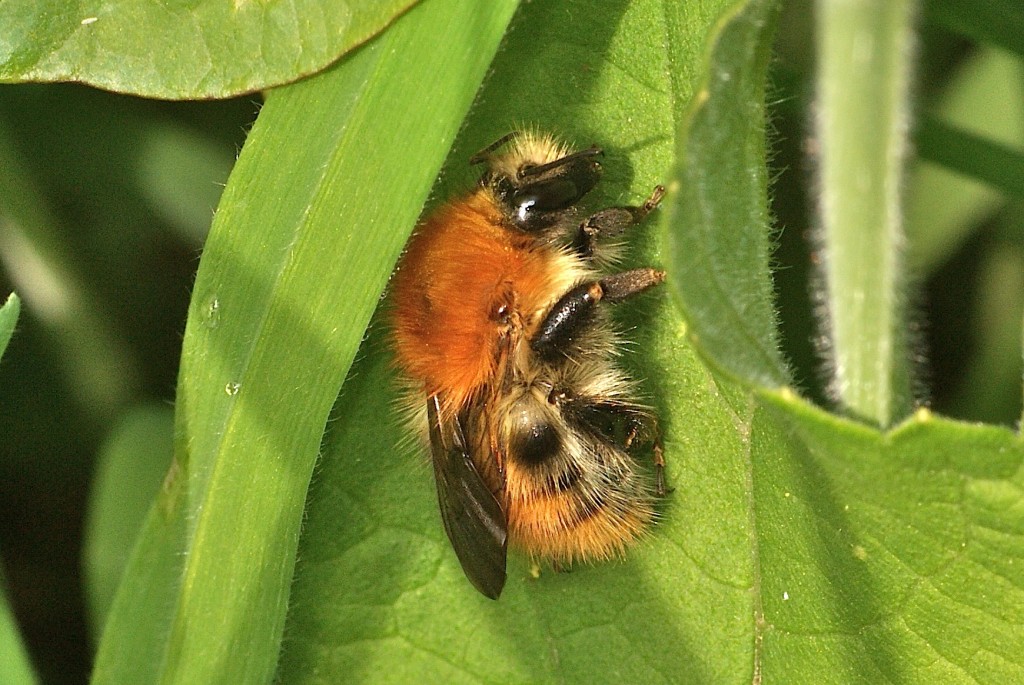
Bombus cf.pascuorum La Galerie de Quel est cet Animal
Bombus terrestris, the 'buff-tailed bumblebee', feeding on an introduced and invasive thistle flower (Cirsium vulgare). Lillydale, northern Tasmania, December 2010. Bumble bees are introduced pests in Tasmania and tend to pollinate a range of European invasive weeds, as per the thistle in the picture.
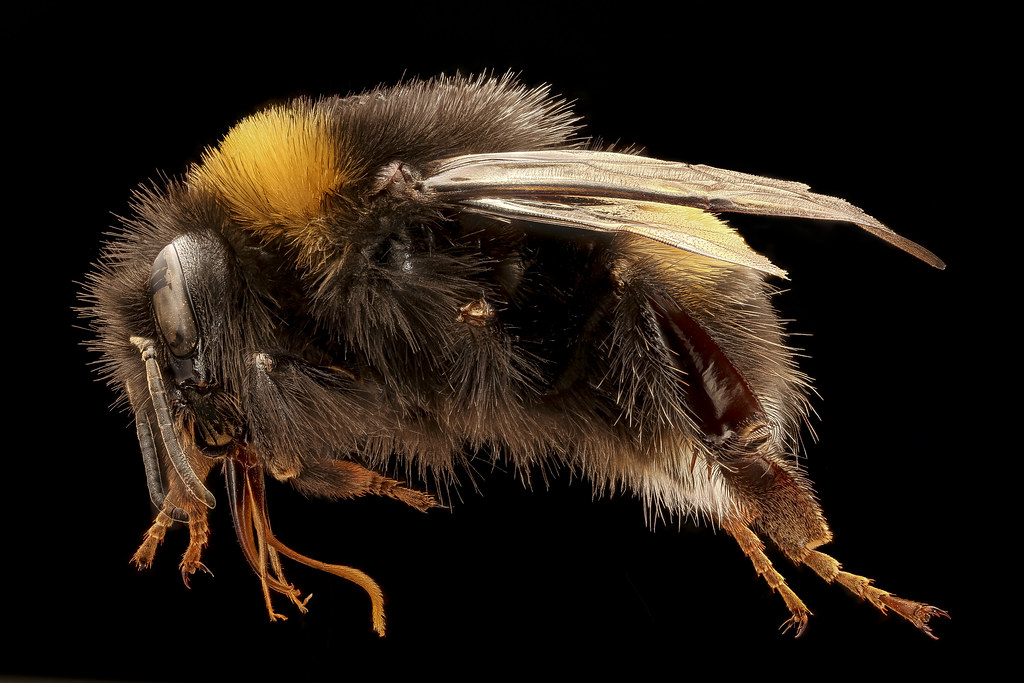
Bombus terrestris, f, left side, Culverden, New Zealand_20… Flickr
Background. In Canada, the Common Eastern Bumble Bee (Bombus impatiens Cresson) is native to southern Ontario and Quebec, but since being developed as a managed commercial pollinator, it has been exported to several other provinces for use in greenhouse and field crop settings.This has enabled this species to become established outside its natural range and it is now established in eastern.
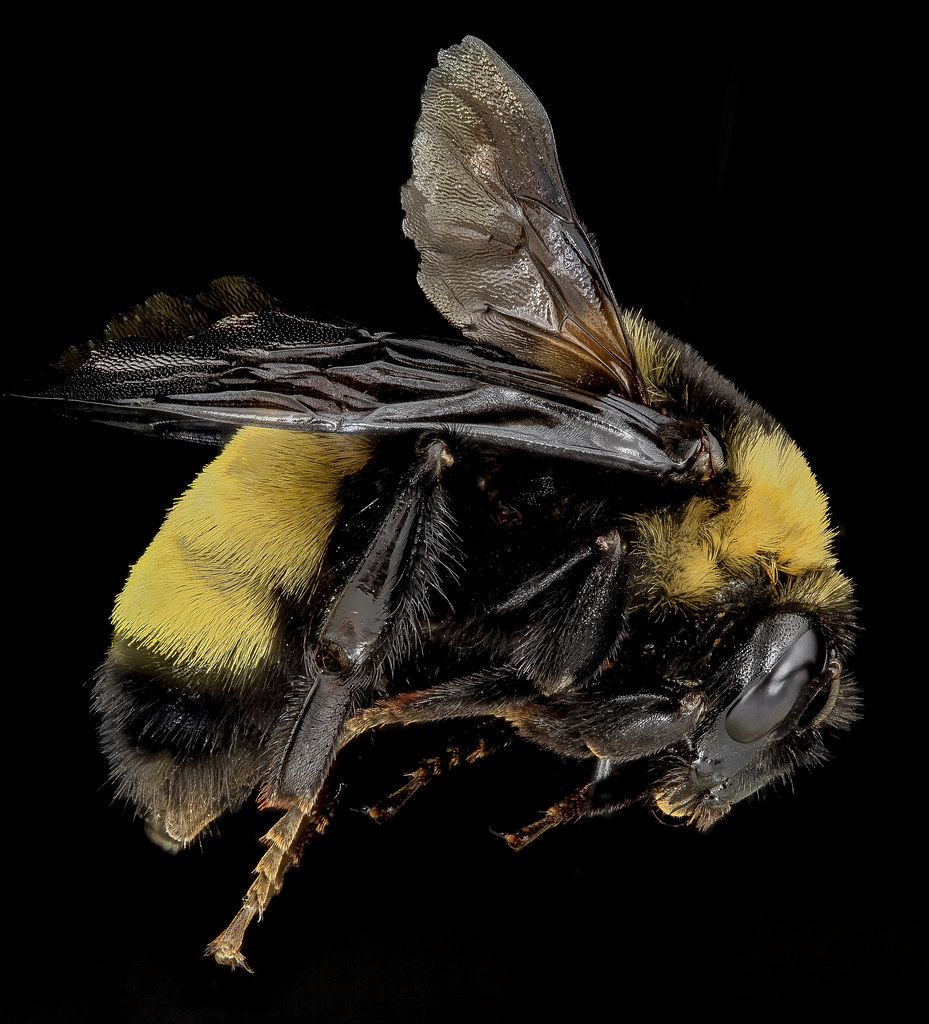
Bombus F, Side, Baltimore, MD_2013062017.33.… Flickr
Diversity. The genus Bombus, commonly known as bumble bees, includes 260 species worldwide.In North America, there are 43 species in the west, 24 in the east, and 18 in the south. (Bartlett, 2019; Colla, et al., 2011)Geographic Range. Bumble bees are found in the temperate regions of North, Central, and South America, Europe, and Asia.

Bombus terrestris Aragón natural
We examined evolution involving Müllerian mimicry in bumble bees by documenting the distribution and evolution of colour patterns amongst three colour-polymorphic lineages -Bombus trifasciatus Smith, Bombus haemorrhoidalis Smith, and Bombus breviceps Smith - that mimic each other across ∼14 colour groups in South-East Asia. Using mitochondrial DNA sequence data, we estimated.

bumble bee (Bombus melanopygus)
Bombus terricola Statut de l'espèce : préoccupante (selon une évaluation du COSEPAC); préoccupante en Ontario, vulnérable à l'échelle mondiale (évaluation de l'UICN) Mesures nécessaires: élevage pour la conservation, augmentation de la population et réintroduction La situation grave du déclin des abeilles cause tout un bourdonnement dernièrement et pour cause: 90 % de toutes.
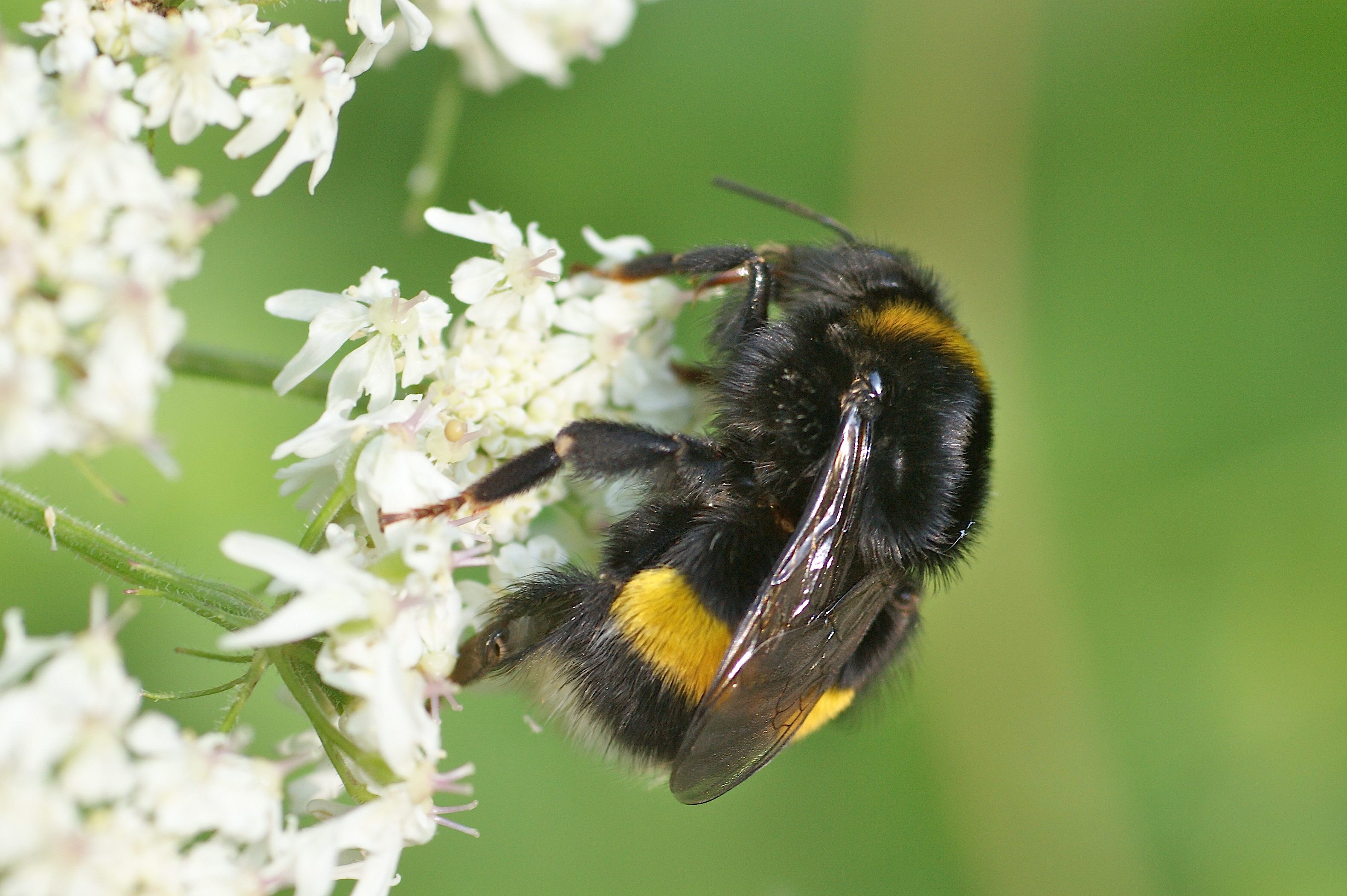
Photo de Bombus terrestris La Galerie de Quel est cet Animal
GeoPick. New data model ⭐️. GRSciColl. Suggest a dataset. Data access and use. Hosted portals. Scientific collections. Data processing. Derived datasets.

bumble bee (Bombus griseocollis)
This is an obligate nest parasite (usurper) of other bumble bees. Plath (1922c) and Williams (2008b) report what is now Bombus (Thoracobombus) pensylvanicus , a hive-nesting bee, as the host (victim) (Ascher et al., 2014).Its occurrence in New Mexico and Arizona indicates subspecies or species P. p. sonorus is used. No other host species has been reported, but records of this species in.

Bombus terrestris Wikipedia
USBombus includes 39 species of the bee genus Bombus known to occur in the Nearctic region of the Western Hemisphere (Figure 4, 5). Thus our survey efforts and this dataset document ~82% of the described Bombus species in North America north of Mexico (Williams et al. 2014). Bombus is the only extant genus of the tribe Bombini in the family Apidae.
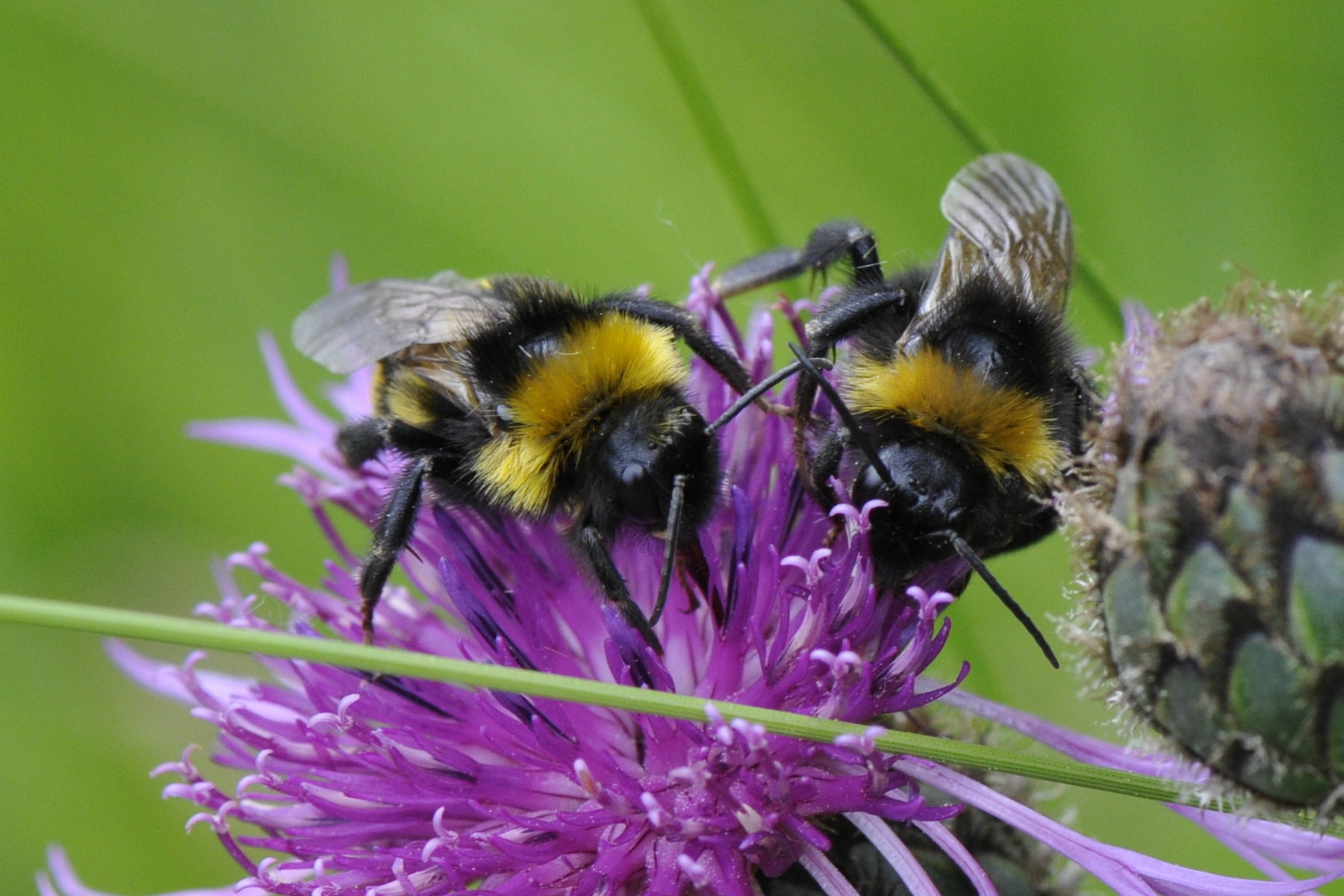
Nature Bombus terrestris
Bombus vancouverensis workers (diploid females) were selected for whole-genome resequencing from previously collected samples (Jackson et al. 2018, 2020), representing populations from environmental extremes across elevation and latitude in the California, Oregon, and Washington portion of the species range (36°N-48°N latitude, 49-2,900 m elevation) (Fig. 1, Supp Table S1 [online only]).

Bombus terrestris Foto de pedrophoto2020 Olhares
Par exemple, parmi les 365 mentions de Bombus faites entre 1977 et 2009 dans le parc provincial The Pinery figurent le bourdon noir et doré, B. auricomus (1 mention), le psithyre bohémien (8 mentions) et le bourdon indiscernable, B. insularis (2 mentions); ces bourdons ont été observés avant 2010, mais pas depuis 2010. L'inverse est.

Animals » Insects » Bombus campestris Marcin 'Rambo' Roguski photo
Family Apidae: Subfamily Apinae: Tribe Bombini, Genus Bombus. Bumble bees are large or medium sized bees conspicuously marked with yellow and black hairs, sometimes with additional red or white hairs. Most of the species collect pollen but those in the subgenus Psithyrus live as social parasites in the nests of other Bombus species. The genus.
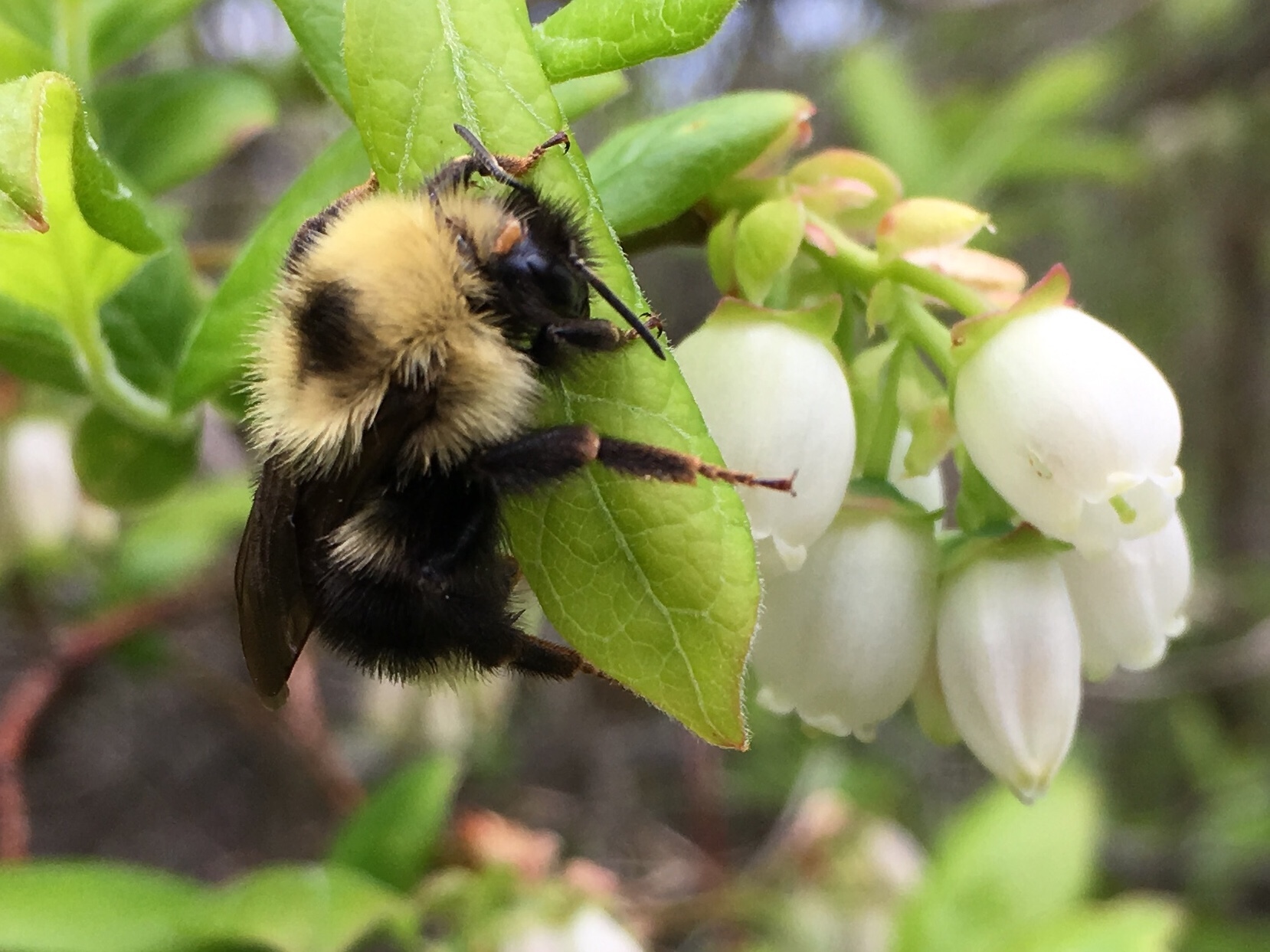
Bombus fernaldae Vermont Atlas of Life
Introduced social insects can be highly invasive outside of their native range. Around the world, the introduction and establishment of the eusocial bumblebee Bombus terrestris (L. 1758) (Hymenoptera: Apidae) has negatively impacted native pollinators and ecosystems. Understanding how morphological variation is linked to environmental variation across invasive ranges can indicate how rapidly.
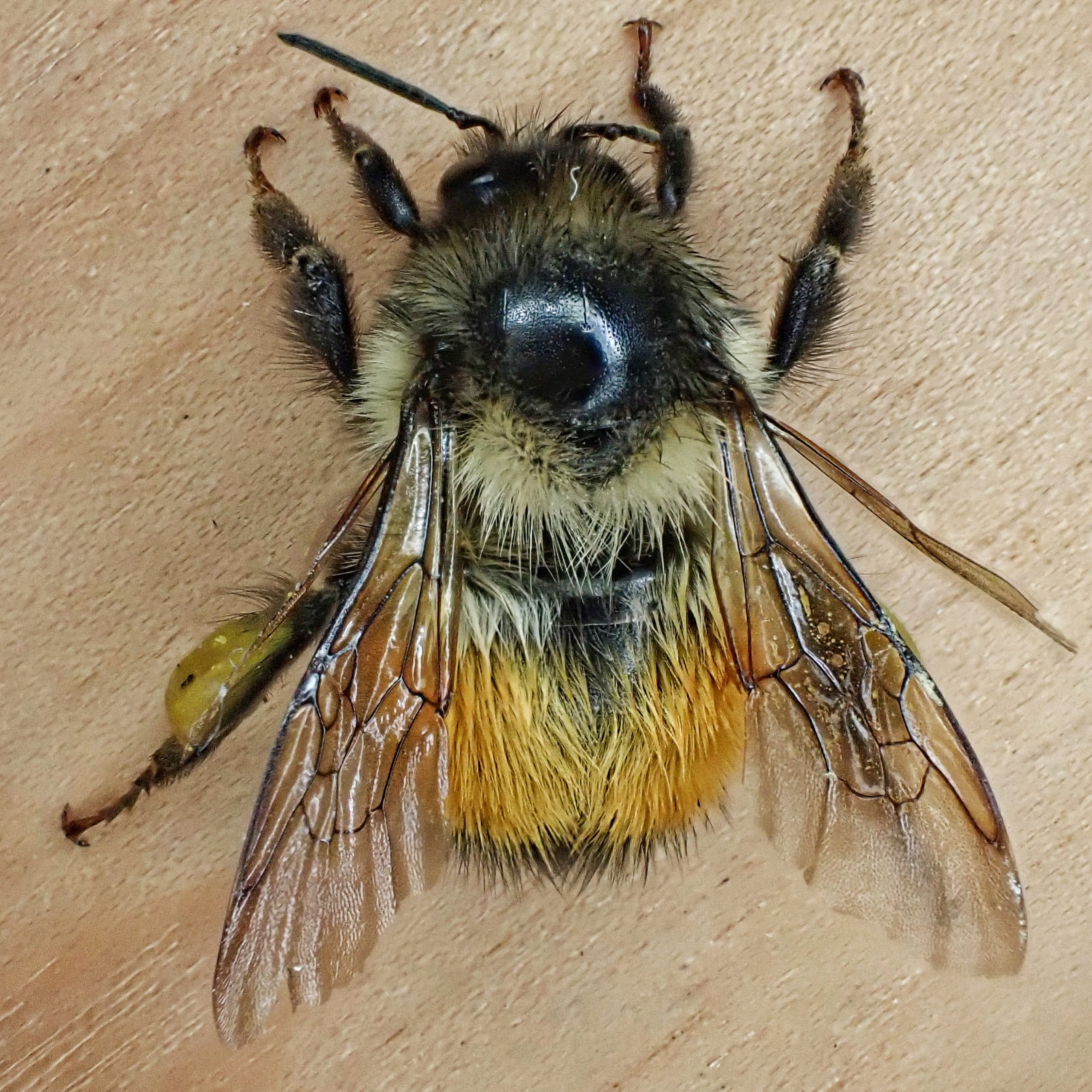
Bombus melanopygus (Blacktailed Bumble Bee) 10,000 Things of the
The list presented here is a checklist of global bumblebee species (Tribe Bombini) based on the Bombus phylogeny presented by Cameron et al (2007) and grouped by subgenus following the revision of Williams et al (2008). The bumblebee fossil record extends back to the Late Eocene in North America and England with the most diversity of fossils found during the Miocene.
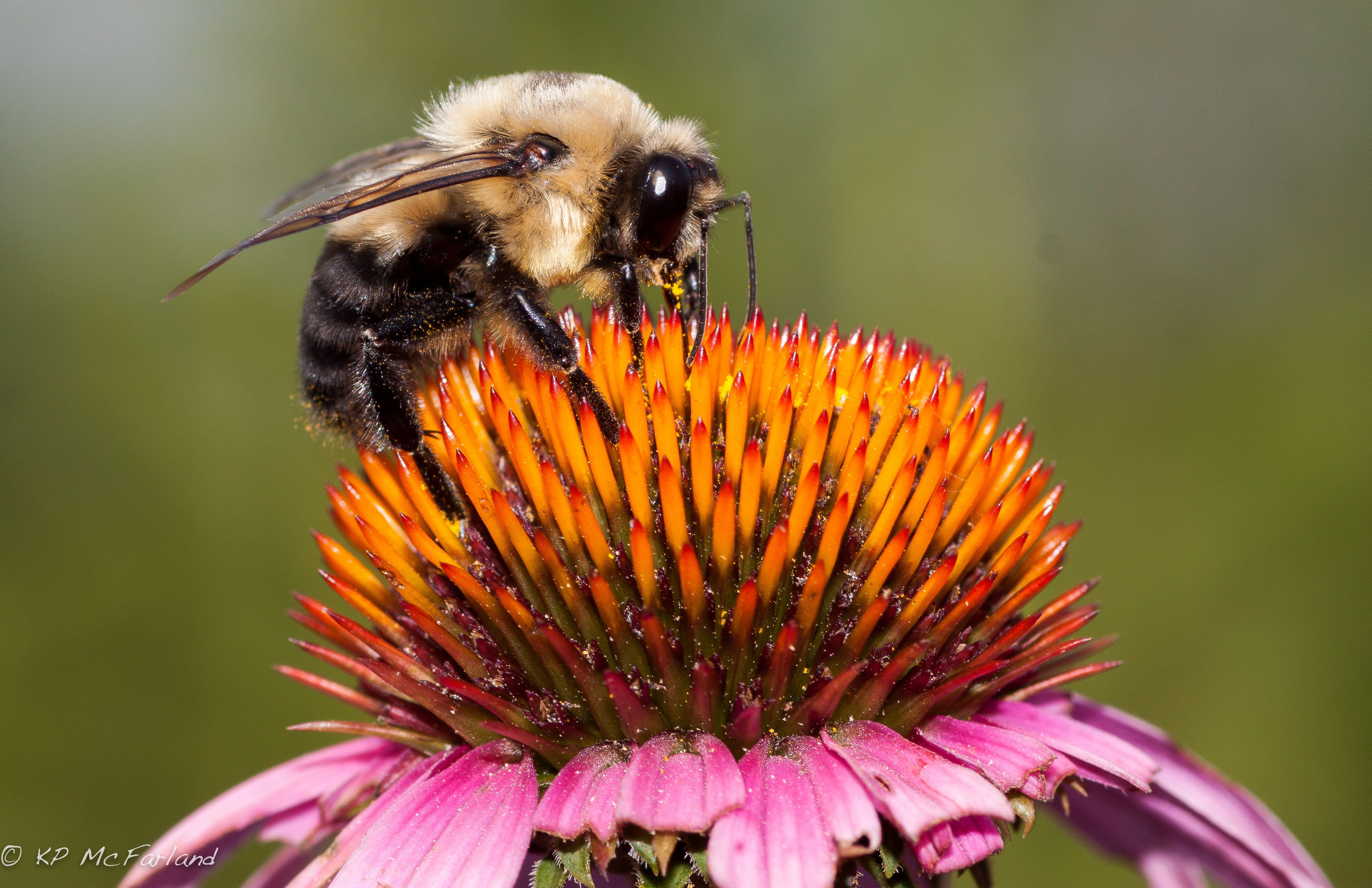
A Bumble Bee (Bombus griseocollis) Idaho Fish and Game
Abondance relative de l'espèce en Alberta par période de 10 ans, de 1899 à 2018 pour 1) le bourdon de Suckley (Bombus suckleyi)/toutes les mentions de Bombus versées dans des bases de données disponibles pour cette analyse (rouge); 2) le bourdon de Suckley/hôtes seulement (bourdon de l'Ouest [deux sous-espèces] [B. occidentalis occidentalis et B. o. mckayi], bourdon terricole [B.
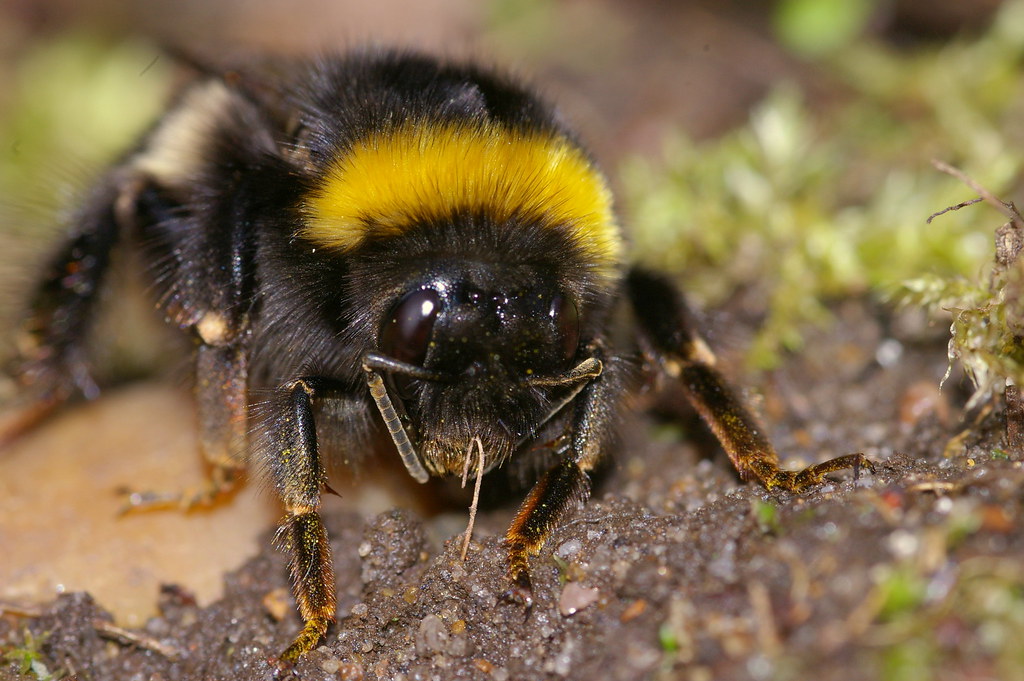
Bombus terrestris Will Flickr
Bombus vancouverensis nearcticus Handlirsch, 1888 - widespread in the United States and Canada. Bombus vancouverensis was first described by Ezra Townsend Cresson in the 1878 Proceedings of the Academy of Natural Sciences of Philadelphia. [1] It is a member of the order Hymenoptera and the family Apidae, which also includes orchid bees, honey.